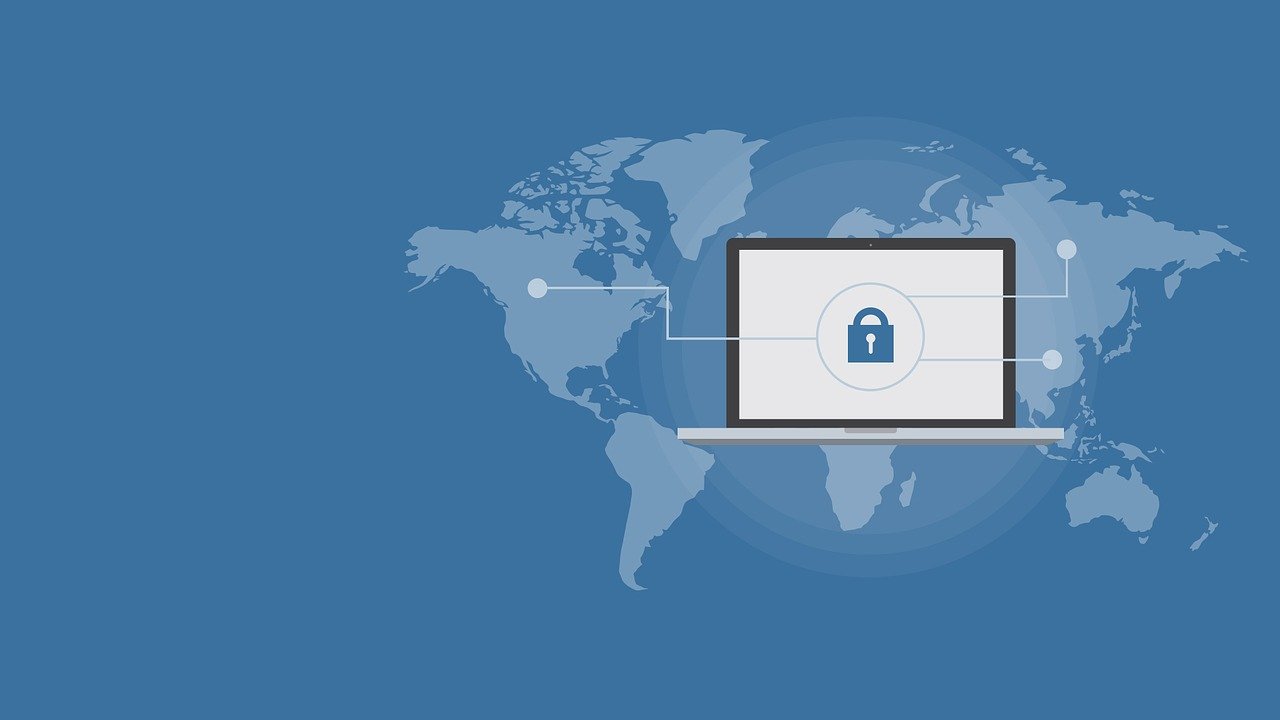Application development has become a faster affair than it ever was. The DevOps environment ensures that apps are developed and updated with new features at an incredible speed.
Once your web application is in production you use a bunch of metrics to analyze every minute aspect of the user journey and come up with more ideas on making the user experience better, retaining them for longer periods of time, and converting more leads. Now, amongst all of this, security takes a back seat and your web application effectively becomes a sitting duck waiting to be shot down.
It doesn’t have to be that way. With some effort, you can incorporate solid security practices in the DevOps structure without losing a lot of pace. This article helps you identify cybersecurity essentials for web developers to go alongside offensive security measures like penetration testing and vulnerability assessment.
How important is it to protect a website?
90% of all websites are vulnerable to attacks. That means hackers can easily find a way into your systems and access admin level privileges. An attacker can steal data, stop your services, and ruin your online presence.
A security vulnerability puts a lot more at stake than just money. Getting hacked can sabotage the reputation you have built over years and strains your relationship with customers. 60% of the small and midsize businesses that experience a data breach never recover.
Before getting to the cyber security essentials for developers, let us wrap our heads around some critical vulnerabilities mentioned in the OWASP top ten.
Top 10 vulnerabilities listed by OWASP
- Broken Access Control: Access control refers to the policies set to stop unauthorized access to sensitive information. The broken access control vulnerability makes it possible for malicious actors to gain unauthorized access.
- Cryptographic Failures: Cryptography deals with cyphers or encryptions employed to protect data. A cryptographic failure is a condition where the encryptions are easily breachable.
- Injection and Cross-Site Scripting: Injection attacks occur when a malicious actor supplies unauthorized code input to your systems and an interpreter processes the malicious input as part of the command or query.
- Insecure Design: Insecure design refers to the security flaws inherent in the application created by non adherence to a security best practices.
- Security Misconfiguration: Developers and network admins often alter security controls for temporary convenience and forget to reset them. That is one of the many ways how security misconfigurations occur.
- Vulnerable and Outdated Components: A web application relies on a bunch of external components like plugins and libraries. The vulnerabilities present in such elements are just as dangerous for the application.
- Identification and Authentication Failures: The lack of identity and input validation measures exist as a critical vulnerability in a lot of web apps.
- Software and Data Integrity Failures: This type of attack targets the integrity of software and data, resulting in the manipulation or deletion of information.
- Security Logging and Monitoring Failures: When a website does not have an alert system to flag malicious activity from a certain IP, it results in the security logging and monitoring failure vulnerability.
- Server-Side Request Forgery: An attacker can use this vulnerability to connect a server to internal-only services or force the server to make HTTP requests to arbitrary external systems.
10 Ways to Protect Your Website from Attacks
So, we have covered some of the most dangerous vulnerabilities. And now it’s time to learn how to protect a web application from these potential breaches. Just know that most of these vulnerabilities can be avoided by adhering to some cybersecurity essentials for developers.
1. Establish strong policies for password validation
A staggering 30% of all breaches are caused by weak passwords. And all you need to do to prevent this from happening is to make users and employees create long and complex passwords that are difficult to crack.
You need to place certain rules to ensure that the passwords being used are strong enough. You should also review the policies periodically, and make the users change their passwords once in a while.
2. Use a strong firewall
This is hardly something you didn’t already know. You have to put up a firewall to prevent certain actors from accessing your website. You can block certain IPs, or countries. The firewall can flag malware, and notify you whenever there is a suspicious activity on your network. The real trick is ensuring that the firewall is up to date and gives your website the protection it needs. You need a strong firewall like the one by Astra Security to strengthen your defenses.
- It is important to keep regular backups of your website
Backing up your website on a regular basis ensures that you have a recent version of your original website in case your production site is hacked and damaged beyond repair. You must store the backup website securely as an offsite server.
- Protect your data in transit
Make sure you use transport layer security (TLS) to encrypt the data in flight between systems or between your device and the internet. Whether your data is in flight or at rest, it is very important to encrypt it.
- Harden your servers and applications
Unnecessary features and plugins can slow down your website and create security threats. It becomes difficult for hackers to breach a website that is lean and tight.
- Build up company wide awareness
You have to treat cybersecurity as more than just an IT issue, because it is not. A security breach affects each and every aspect of a business, hence it is important to imbibe security best practices in the organization culture. Educating employees from all the different departments on cybersecurity will pay dividends.
- Adopt two factor authentication
A two factor authentication requires the user to provide another piece of information alongside their username and password to log in. This makes it harder for the hackers to launch a social engineering attack.
- Stay on top of new security threats
With the amount of information and awareness running around cybersecurity at present it is not too hard to keep a tap on the new vulnerabilities. For instance, a vulnerability that got famous recently was the Log4J. And thanks to the quick response by security researchers around the world, most websites are now protected from it.
9. Perform regular vulnerability scans
It is not too hard to leave a port open here or a security misconfiguration there given the pace at which web applications develop and evolve. Conducting regular vulnerability scans helps you stay updated about your organization’s security posture, and doesn’t let you be an easy target for hackers.
- Conduct Penetration Testing
Penetration testing a team of security experts who try to exploit certain vulnerabilities safely to understand how much damage those vulnerabilities can do. It gives you a true understanding of your security posture and helps you take appropriate measures to remediate the situation. Learn about the best penetration testing tools that you can use for this purpose.
Let’s talk some more about Penetration Testing
Penetration testing is an offensive security measure where security experts apply hacker-like tactics to unveil vulnerabilities in your system and exploit them to an extent to gain insights about their risk and exploitability. Penetration testing is one of the most effective ways of evaluating your organization’s security posture since it simulates an actual hack.
Different approaches to Penetration Testing
Pentesting or penetration testing is generally divided in three categories. Black box, White box, and Gray box Penetration testing. These categories are distinguished by the amount of knowledge the pentester comes in with.
Black box penetration testing
This approach emulates the hacking process very closely as the tester, not unlike a hacker, approaches the target website with very little information about its structure and assets.
White box penetration testing
In this approach, the security expert gains complete knowledge of the target system and prepares to make an in-depth analysis of the code.
Gray box penetration testing
Gray box penetration testing is a cross between black box and white box pentesting. In this case, the pentester comes in with partial information about the target system.
Black box pentests are very useful to test your security measures against a real-time attack, while white box and gray box pentests give you a more in-depth understanding of your security posture.
Having an effective pentest partner is a great boon for developers
Your choice of a pentest partner may make or break your security efforts. Before you choose a penetration testing company to help you with vulnerability assessment and penetration testing, you must take care of the following factors.
- A pentest partner that lets you keep a tap on their progress is always preferable. It is just awesome if you can look at the vulnerabilities as they are discovered.
- Remediation assistance from the security experts is a major deciding factor when it comes to choosing a pentest partner.
- The pentest timeline should not be too long.
- You need to work with experienced security engineers who can guide you in reproducing the exploits.
- The pentest certificate you get should be publicly verifiable as it helps you build trust.
Conclusion
Being security conscious entails more than just putting up firewalls and conducting vulnerability scans. Yes, those are very important things, but there is something more that you need. In a fast paced environment it is important to look at software development from a security perspective right from the beginning.
Security has to be embedded in the process from the earliest stages of planning an application. It is the easiest to track and manage security efforts if the developers conduct the threat modeling by themselves while designing the software.
Once security awareness enters every department, it will be incredibly difficult for the hackers to breach your applications. Till then, stay safe.





 How to7 years ago
How to7 years ago


 More4 years ago
More4 years ago


 More6 years ago
More6 years ago


 Interview4 years ago
Interview4 years ago


 Other Internet Tech6 years ago
Other Internet Tech6 years ago


 More6 years ago
More6 years ago


 Business Ideas6 years ago
Business Ideas6 years ago










